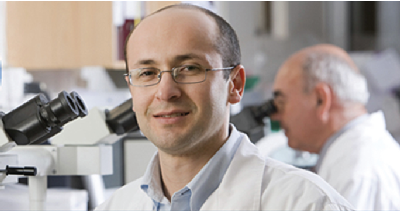Lens Manufacturer Now Seeing Clear Energy Savings
The Problem
When designing HVAC systems for manufacturing facilities, there are several different factors that must be taken into account. In many cases, such as this optical lenses facility in Florida, the air must be free of contaminants and excess moisture. It is important to provide cool, clean, and dry air conditions to ensure the quality of the products, as well as maintain the morale and productivity of the employees. Typically, an over-cool/reheat approach is employed to achieve the lower moisture content necessary for the manufacturing process, resulting in high energy costs. Heat Pipe Technology's Dehumidification Heat Pipe Systems aid in the quest for low moisture content air without the high cost of overcooling and reheat which saves energy and money by reducing the cooling load and trimming or displacing reheat.

The Solution
Heat Pipe Technology's wrap-around Dehumidification Heat Pipes (DHP™s) utilize the phase change of the working fluid to precool the outside air before entering the cooling coil and reheat the air after the cooling coil. This method has no moving parts and requires no additional maintenance. DHP™s also reduce the load on the cooling coil and can reduce or eliminate the energy that would otherwise be needed for a separate reheat system.
Use HPT SelectPlus™ to design with this product. Log on to www.heatpipeselect.com.

The Results
After installation of the DHP™s, the incoming air is precooled, reducing the load on the cooling coil. The energy captured by the precool coil is then transferred to the reheat coil, where the leaving air off the cooling coil is passively reheated to the desired temperature for the space, creating the right air-conditions for the manufacturing process. This passive application saves money and energy while still maintaining the desired conditions for the process. All savings were achieved with only a minimal static pressure drop.
PRECOOL: A chilled-water load reduction of over 11 tons, saving an estimated $8,000 per year.
REHEAT: The overall plant gas usage was decreased by more than 15%, resulting in a savings of over $20,000 per year.
The estimated direct savings of this unit are nearly $28,000 a year, resulting in a simple payback of just under 1 year!



